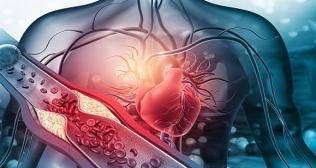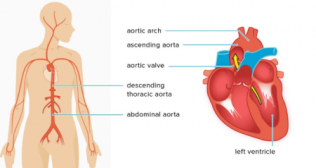
Laparoscopic Surgery: Conditions, Procedure, Benefits and Recovery | Fortis Healthcare
Laparoscopic Surgery: All You Need To Know
Laparoscopic surgery is a type of surgery which allows a surgeon to perform procedures inside the abdomen or pelvis through small incisions while using specialised tools and a laparoscope (a thin, flexible tube with a camera and light source attached to it).
How is it performed?
- Laparoscopy is a simple procedure where the surgeon makes several small or tiny incisions i.e., 0.5 to 1.5 centimetres in length, in the abdominal wall.
- Then a surgeon inserts a laparoscope through one incision to have a clearer image or magnified view of the area that needs to be treated on the monitor.
- Carbon dioxide gas is then pumped into the abdomen to create a working space and enhance visibility.
Benefits of laparoscopic surgery
Reduced risk of complications: The smaller incisions and minimal tissue manipulation associated with laparoscopic surgery can result in a lower risk of infection, wound complications, and hernias compared to open surgery.
Improved cosmetic outcome: Since laparoscopic surgery involves small incisions and minimal scarring, it generally provides a better cosmetic outcome, particularly for procedures performed in visible areas of the body.
Reduced postoperative pain: The smaller incisions and decreased tissue trauma associated with laparoscopic surgery typically result in less postoperative pain. This can lead to reduced reliance on pain medications and a more comfortable recovery for patients.
Lower risk of postoperative complications: Laparoscopic surgery has a lower risk of certain risks and complications after surgery, such as deep vein thrombosis (blood clots) and respiratory problems, compared to open surgery.
Other than this, there are many other benefits of laparoscopic surgery such as faster recovery, less scarring, less complications, and more.
Conditions that can be treated with laparoscopic surgery
Laparoscopic surgery is used to treat various conditions, including:
- Gallbladder disease (such as gallstones)
- Hernia repair
- Appendicitis
- Gastrointestinal conditions (e.g., acid reflux, ulcerative colitis)
- Obesity (bariatric surgery)
- Female reproductive conditions (e.g., ovarian cysts, endometriosis)
- Prostate conditions (e.g., prostate enlargement)
- Some types of cancer (e.g., colon, ovarian, pancreatic)
It is important to note that not all surgical procedures can be performed laparoscopically, and the decision on the most appropriate surgical approach varies on several factors including the severity of the condition, patient factors, and the surgeon's expertise.
Recovery after laparoscopic surgery
Recovery after laparoscopic surgery can vary depending on the specific procedure performed and individual factors, but here are some general guidelines and information:
Immediately after surgery: You will be taken to a recovery room where medical staff will monitor your vital signs until you are fully awake from the anesthesia. You may experience some pain, discomfort, or grogginess during this time.
Pain management: Your doctor will prescribe pain medication to help manage any postoperative pain. Take the medication as directed and inform your doctor if the pain is not adequately controlled.
Incision care: You may have small incisions (usually 3-4) where the laparoscope and surgical instruments were inserted. Keep the incisions clean and dry. Your surgeon may recommend covering the incisions with sterile dressings. Follow any specific instructions given by your surgeon regarding incision care.
Activity and rest: It's important to balance rest and activity during your recovery period. Initially, you may need to rest and limit physical activities for a few days. However, it's also essential to start moving and walking as soon as possible to prevent blood clots and promote healing. Follow your surgeon's instructions on when you can resume normal activities, exercise, and return to work.
Diet: Your surgeon will provide specific dietary guidelines. Initially, you may be instructed to follow a liquid or soft diet for a few days before gradually reintroducing solid foods. It's important to stay hydrated and eat nutritious foods to aid in the healing process.
Follow-up appointments: It is important to attend follow-up appointments to monitor the recovery progress. Attend these appointments and discuss any concerns or questions you may have.
Potential complications: While laparoscopic surgery is generally considered safe, there can be risks and complications. Be aware of signs of infection, excessive bleeding, persistent pain, or any other unusual symptoms. Contact your surgeon immediately if you experience any complications.
It's important to note that recovery experiences may vary depending on your condition. It is recommended to follow the specific instructions provided by your surgeon and seek medical advice if you have any concerns or questions during your recovery period.



















